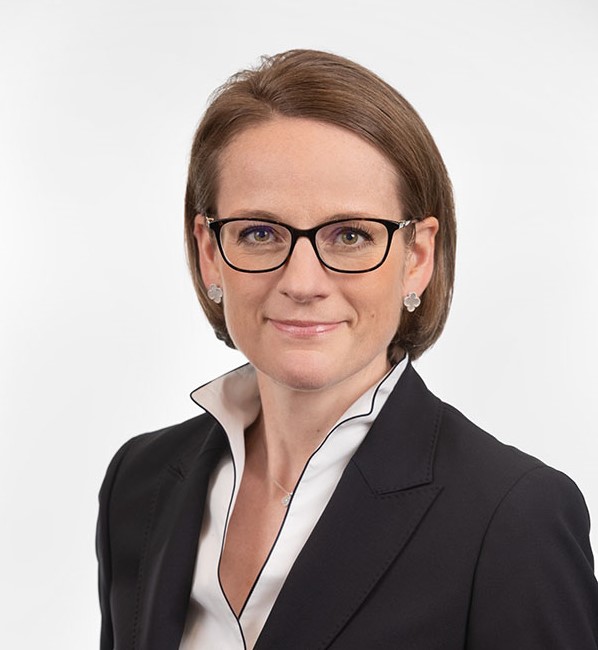Rates, politics and asymmetric opportunities
When we started planning this publication back in March, markets were still pricing in a significant amount of policy easing from the US Federal Reserve (Fed), the world’s most important central bank. Those expectations have since almost entirely evaporated.

The following is an extract from our latest CIO outlook.
Indeed, following signs that inflation may prove stickier than hoped, some investors are even positioning for the risk of further policy tightening, after the most aggressive cycle of rate increases in living memory.
Despite this shift in market pricing, we believe valuations still suggest something of a ‘Goldilocks scenario’ for the global economy, in which growth is relatively resilient and inflation ultimately moderates. This makes markets vulnerable to shocks, in our view, whether from geopolitical strife, national politics or macroeconomic data.
In light of this backdrop, we have devoted this document to addressing some of the biggest questions facing investors today. As ever, we are mindful of the need to be humble in our conclusions. Our takeaways include:
- Despite economic divergence, US Treasuries continue to drive rates market returns
- Pandemic-era activity explains some counterintuitive moves in credit spreads
- Four long-term ‘mega-trends’ are set to reshape private markets
We also weigh how a number of key elections over the coming months might shape the investment landscape.
To this end, we outline why India’s election and bond index inclusion may enhance the allure of Indian government bonds. We suggest that a Labour Party victory in the UK could defer Bank of England easing. And we argue that market reaction to the US presidential election may hinge on immigration policy.
Uncertainty and change
In light of the still-rosy macro outlook that investors are discounting, the interconnectedness of markets and the broad range of both political and geopolitical risks on the horizon, we anticipate further market volatility over the coming months.
But it’s not all doom and gloom for investors. We believe this increasingly fragile market environment actually presents investors with an asymmetrical opportunity set, all the more so should the global economy stray from the narrow path that is currently priced in.
Taking a longer-term view, beyond the current geopolitical fault lines – and even political events scheduled later this year – we believe uncertainty and change are probably the only two constants investors can expect. That’s because we’re all adjusting to a multi-polar world, during a period of frenetic technological advances.
This makes diversification[1] more important than ever, in our view, to help withstand a range of economic scenarios – and mitigate the impact of any single market event.
The above is an extract from our latest CIO outlook.
[1] It should be noted that diversification is no guarantee against a loss in a declining market.
Rischi principali
Il valore di un investimento e l'eventuale reddito che ne deriva non sono garantiti e possono scendere come salire; potreste non recuperare l'importo originariamente investito. La performance passata non è garanzia di risultati futuri
Sebbene LGIM abbia integrato considerazioni di carattere ambientale, sociale e di governance (ESG) nel proprio processo decisionale di investimento e nelle pratiche di stewardship, ciò non garantisce il raggiungimento degli obiettivi di investimento responsabile nei fondi che non includono obiettivi ESG specifici tra i propri obiettivi.
I rischi associati a ciascun fondo o strategia di investimento devono essere letti e compresi prima di prendere qualsiasi decisione di investimento. Ulteriori informazioni sui rischi dell'investimento in questo fondo sono disponibili nel prospetto informativo all'indirizzo http://www.lgim.com/fundcentre.




